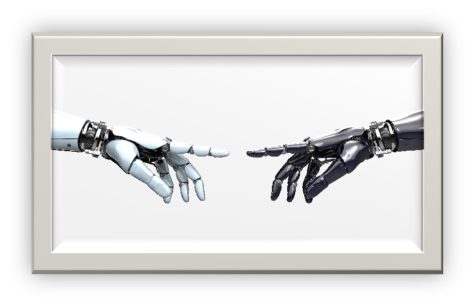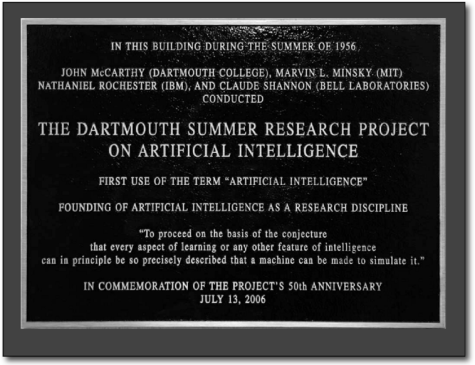The Power of A.I.
March 26, 2023

In recent months, advancements in A.I. technology have been steadily on the rise. This article will review what A.I. is and how it has grown over its lifetime.
What is A.I.?
A.I., which stands for artificial intelligence, is a broad term that defines many areas of technology. According to Stanford University’s John McCarthy, the “Father of A.I..” A.I. is specifically “the science and engineering of making intelligent machines, especially intelligent computer programs. It is related to the similar task of using computers to understand human intelligence, but AI does not have to confine itself to methods that are biologically observable.” In simpler terms, artificial intelligence is any program that could complete or help with tasks that can usually only be completed by someone with a human’s mentality and knowledge.
History
A.I. has been a very prominent form of assistance for society since 1951, when a Checkers-Playing game was written by Christopher Strachey in the University of Manchester. This game, similar to many online games today, allowed a human being to play against the computer.
In1956, the ‘Logic Theorist,’ created by Cliff Shaw and Herbert Simon, was formally introduced at the Dartmouth Summer Research Project on Artificial Intelligence conference. This new program, which gained popularity rather quickly, was used to solve simple problems for the convenience of humans. Simply, the Logic Theorist was mainly used to decode mathematic equations and theorems by answers of “Yes.” “No,” and “And.” This project was seen by many as the first “real” article of artificial intelligence.
In the next 70 years, the production of new A.I. technologies skyrocketed. In the earlier days of this technology, simple services such as language translators and easier games were produced. Since the 1950s, artificial intelligence has never stopped evolving.

What Are The Most Recent Productions in A.I.?
Now, in March 2023, artificial intelligence is as advanced as it’s ever been. One of the most surprising recent developments in this field is a robot that can learn new information and functions by watching humans in their everyday lives. These robots learn by watching demonstrations, which are most often geared towards workplace tasks. Additionally, some A.I. has been created with the ability to write papers, create art, and complete other activities that don’t have direct pathways or answers. Here are some examples of A.I. that people use frequently today:
1: Cashier services
You may not be aware of it, but the self-checkout systems that many people use every time that they buy groceries actually counts as A.I. This machine takes the place of a real-life human cashier for the speedy convenience of the customer.
2: Voice services
Technology applications such as Siri, Google Home, and other assistance services act as a companion to help you with questions, directions, and everyday web surfing. By asking simple questions–usually starting with the given name of the service–you can learn, play, and interact with an A.I. being that has an almost human personality. Even though this type of A.I. has been around for over 20 years, it continues to evolve and flourish as a must-have application for every phone and household.
 3: Video game companions
3: Video game companions
Even though some technologies have allowed you to play games against the computer for many years, their possibilities are as advanced as ever. The limits of solo gaming are nearly endless now that there are single-player options for nearly every type of game currently made. Games that have artificial competitors include digital story games, board game adaptations, first-person shooter games, sports games, and more. Even if no human is available to play with you, your A.I. gaming partners will always be waiting for you on your console.

